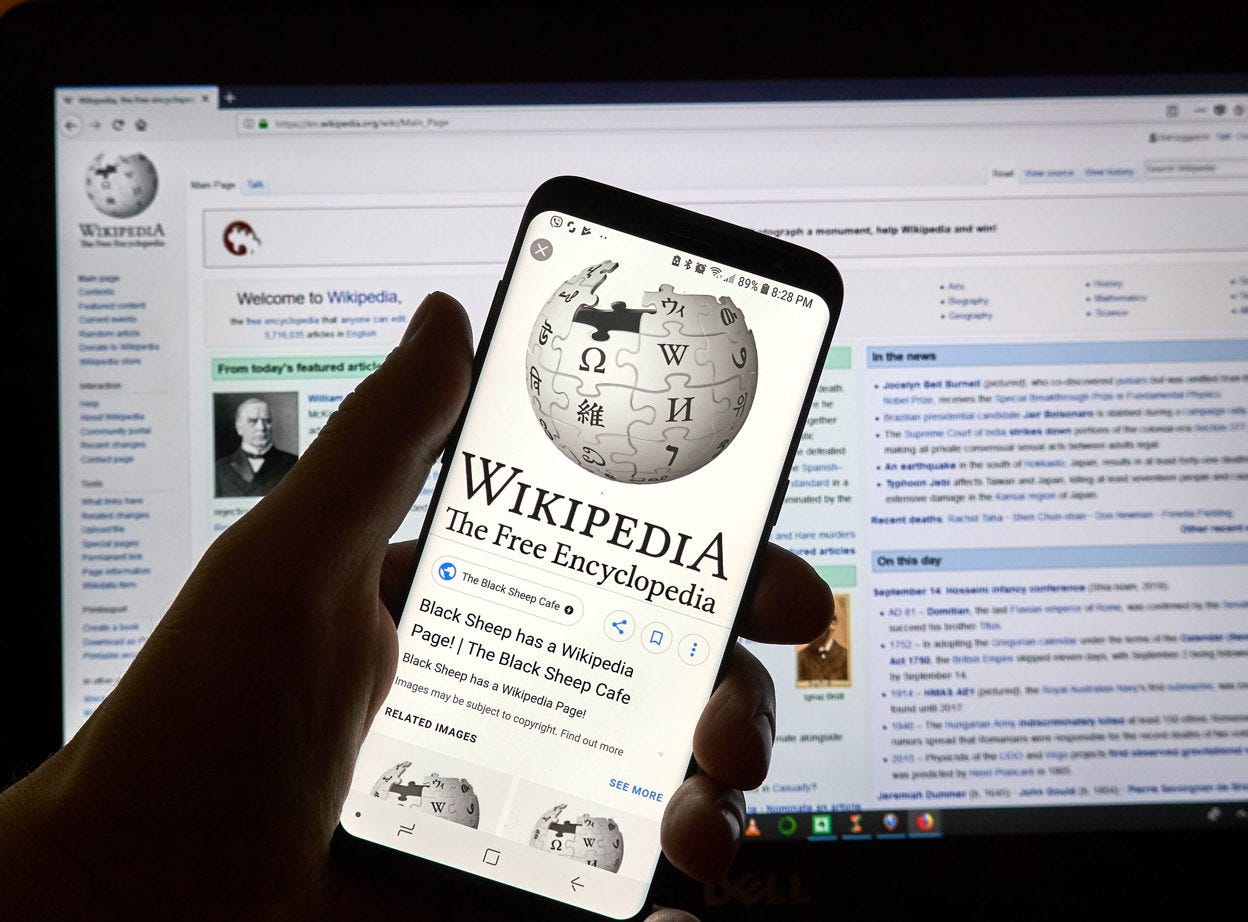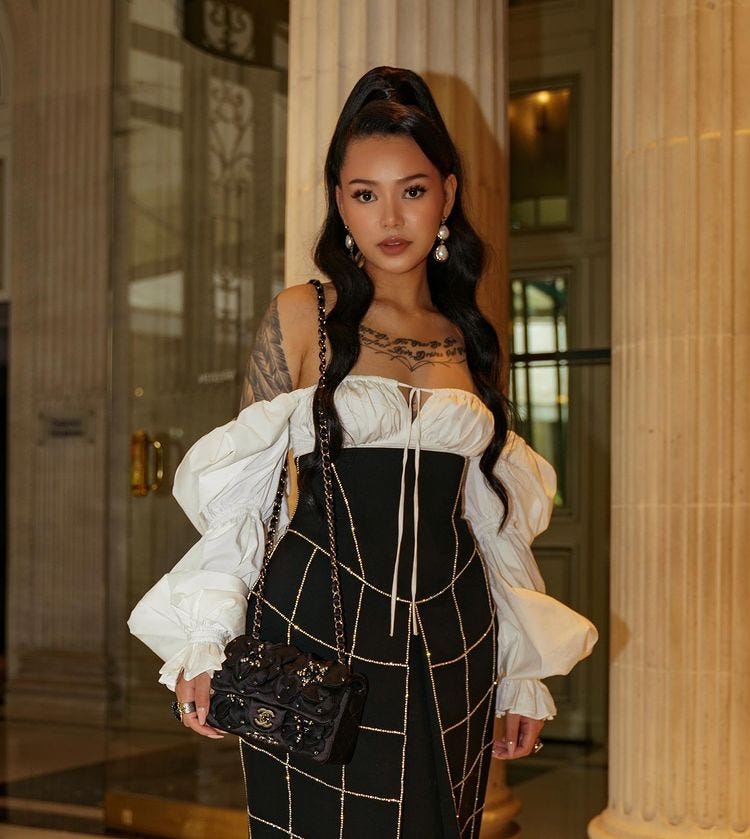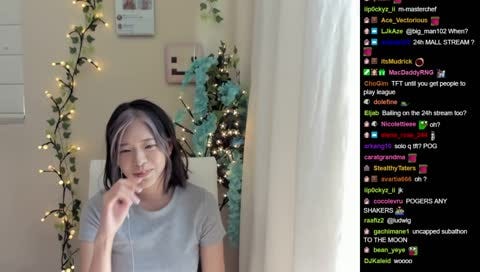
Years ago, I started editing on Wikipedia because I was annoyed by the inconsistent quality across different articles. For example:
A toast sandwich, a sandwich where the filling is another slice of toast, has its own article (complete with 7 subsections and 14 citations)…
… while esteemed UCLA professor and Asian American literary critic King-Kok Cheung has three sentences written on her biography.
With just one click on the ‘Edit’ button, it is quite easy to modify most Wikipedia articles and submit your proposed changes. Anyone else on the Internet can swoop in to add to your edits, replace your edits, or revert them entirely.
To create a new article, the process takes longer. You will need to research, draft, and submit the article for veteran Wikipedia editors to review. This review process can take anywhere from hours to months, and could end in a variety of ways: approval, deletion, being redirected, being merged into another article, or being put on hold as a draft.
Out of the 1.7 million biographies on this massive encyclopedia, only 20% feature women. So last year I narrowed my focus to spotlighting the stories of women. In the last eight months, I researched, drafted, and created 15 new biographies of women, particularly highlighting outstanding and diverse stories of women in STEM.
In that process, I spent months at a time writing intense rebuttals and defenses for biographies of notable women I've written, when some were taken down almost instantly. Some prominent examples of it happening in academia were when Nobel physics laureate Donna Strickland's page was deemed not notable and when black hole imagery research scientist Katie Bouman's page was flagged for deletion. It was an intensely frustrating back-and-forth process, but I stuck through it because I knew what I was doing was not just important, but necessary.
As someone who has been an active creator since age 12 and been deeply researching content creators for my book this past year, this got me curious — what does the Wikipedia landscape look like for creators?
There’s no denying that content creators have stormed into our lives as celebrities. Big-name creators like MrBeast, Lilly Singh, and the D’Amelio sisters have all woven their way into mainstream media and become household names. They rightfully deserve to be on Wikipedia, and many are.
But notability, as its own notion, is inherently subjective.
Wikipedia tries to go around that by setting detailed guidelines for satisfying notability. In particular, the more reputable, secondary media coverage the biographical subject has, the more likely the biography will get approved. Wikipedia has even constructed subject-specific criteria for a range of categories, such as academics, athletes, and films.
… So where do creators fit in?
Unlike other professions, creators establish their own notability. Each creator walks a different path, whether that’s going viral off of one video (e.g. Bella Poarch, who blew up from one TikTok that is now the most liked video on the app ever) or consistently growing their content (e.g. Marques Brownlee, who has been posting videos on YouTube for 13+ years, since the age of 15).
Of the 15 biographies I wrote in the last year, two featured content creators. One was approved, and one (Kkatamina) was rejected and has been downgraded to a Draft on Wikipedia since. I almost wrote the article for another (Bella Poarch), and her page ended up experiencing a long timeline of drama that I have detailed below.
All of this has inspired me to reflect more about my experiences reading and writing about creators, on Wikipedia and beyond.
Creators on Wikipedia
Bella Poarch
Bella Poarch is a 24-year-old Filipina American who experienced overnight fame in the most literal sense, leaping from U.S. Navy veteran to TikTok sensation after a hypnotic head-bobbing lip sync video went super viral in August 2020. With 55 million likes and over 668 million views today, it stands alone as the most liked video and one of the most viewed videos on the app.
With over 87 million followers today, Poarch is the third most-followed creator on TikTok, a title she has held and sustained for quite a while now. Her first music single gathered 350+ million views on YouTube, entered Billboard Hot 100, and surpassed 100 million streams on Spotify in a month — an enormous milestone for a debut single that clearly points to how large her audience and impact are.
But Wikipedia refused to recognize that. Poarch’s Wikipedia page has had a long back-and-forth battle of existence:
In September 2020, her page was first set to redirect to the "List of most-liked TikTok videos" page.
In February 2021, someone started to draft a standalone page for her, perhaps recognizing she wasn’t just a one-hit wonder.
6 hours later, the page got reverted back to the redirect.
Her official Wikipedia article — the one that you see now — did not exist until May 14, 2021, the day she released her first song, despite her being the third-most followed TikTok star for a long while already by then. Her song’s release helped bring in a lot of media coverage, which made it easier to add citations and sources to flesh out her biography.
1 day later, a Wikipedia user again reverted the page back to a redirect, claiming she was not notable enough.
This back-and-forth still continued for a few more times. One editor claimed that she didn’t fit Wikipedia’s notability guidelines for a musician. In total, more than 40 edits were made on Poarch’s page between May 14-15.
At last, her page was accepted as a standalone biography on May 16.
…Wow. That sure was quite a roller coaster ride.
As an avid content consumer, I remember being very surprised when I discovered Bella Poarch had no Wikipedia article back in early-mid 2020, when she had already established such a large presence on TikTok and in the world of content as a whole. Not to mention her record-breaking viral video.
If the third-most followed creator on an app that had ~700 million global users at the time is not notable enough for Wikipedia, then who is?
Kkatamina
Miyoung Kim, better known by her online alias “kkatamina”, is a Twitch streamer best known for her gaming and reaction content. In November of 2021, she broke the world record as the most subscribed female streamer on Twitch, when she accumulated 73,623 subscriptions (shattering the previous record of 52,992). She also entered the top 5 most followed Twitch channels that month, an extraordinarily difficult feat for women on the platform.
That month, Kim had began an uncapped "subathon" stream to celebrate her birthday. A subathon is essentially a constant livestream with a running clock dictating how much longer the stream would run, and every additional subscription to her Twitch channel would add a set amount of time to the timer. Streamer Ludwig Ahgren had previously attempted the first uncapped subathon eight months earlier in March 2021, which resulted in the highest all-time subscriber record on Twitch.
After witnessing this incredible milestone, I decided to create a Wikipedia biography for Kkatamina. This was a huge achievement to celebrate in every way, and one that is sure to inspired many female gamers in the future. One that I thought was certainly notable enough for Wikipedia.
The article was nominated for deletion almost immediately, the reviewers emphasizing how she was not notable enough.
What goes on in Twitch and creator circles is rarely covered by mainstream publications like The Wall Street Journal. Thus, the publications that reported on Kkatamina’s record-breaking achievement consisted of gaming or esports news publications that Wikipedia did not deem reputable enough.
Furthermore, these publications are small and do not have the bandwidth to research and conduct in-depth profiles of gamers/creators they report on. Thus, Kim’s article did not illuminate much about her history and achievements prior to the record — because no secondary sources covered them. There are plenty of online recordings where Kim talks about her job prior to being a streamer; but for Wikipedia, that would only count if she says it to a publication like The New York Times.
After thorough discussion and negotiation with other editors, my article was ultimately downgraded to a Draft (rather than deleted entirely, which I was already grateful for). As one editor remarked to me, they are freezing this article as a draft until we have reliable evidence of “further accomplishments [that] indicate more lasting notability.”
The Broken Loop
Unlike long-established occupations like athletes and actors, who automatically receive media coverage for their big competitions or film premieres, content creators establish their own notability. Through their content, they grow their audience and impact, to the point that 92% of consumers trust an influencer’s product recommendation more than a celebrity endorsement.
I absolutely acknowledge the important of carefully vetting all published information on Wikipedia; given that it is a free encyclopedia where anyone can contribute, every incoming nugget must be scrutinized carefully.
However, it is frustrating that the existence of creator biographies will require waiting for mainstream news (the sources that Wikipedia considers “reliable”) to discover, catch up, and then cover outstanding creator talents and voices, particularly for underestimated groups.
But when reliable sources choose to cover a toast sandwich and a lonely pig over Bella Poarch’s rising domination of TikTok’s user base or Kkatamina’s record-breaking achievement, we have to question the system and contemplate how creators fit into the future of our documentation and history. A system where information sharing is gatekept by a small group of Wikipedia editors (fyi: 90% of the encyclopedia’s top editors are male).
As one editor, Natureium, wrote in 2019, “I guess that’s the problem with Wikipedia. We cover what reliable sources cover.”
This is a bigger problem when you realize that Wikipedia influences the media just as much as the media influences Wikipedia. When journalists conduct research, they often reference Wikipedia; sometimes just a cursory look to gather facts, other times plagiarizing from Wikipedia directly.
After adding a lot more information to early YouTube creator Ryan Higa’s Wikipedia page, I noticed sites and news articles mentioning him borrowed lines from what I had added to his introduction. Even his page on Google Arts & Culture scraped directly from his Wikipedia intro.
To add a photo of YouTube livestreamer and Streamy Award winner Valkyrae to her Wikipedia page, I messaged a photographer I found on Flickr to open the license to one of his photos of Valkyrae so that Wikipedia could use it. A few weeks later, when Valkyrae was all over the news for becoming a co-owner of esports org 100 Thieves, I spotted that photo everywhere. Because Wikipedia’s SEO is so high, that photo is now one of the first photos you spot when you search her name in Google.
So it becomes somewhat of a broken loop:
After a creator grows to a big enough audience size (and that in itself is ambiguous), to qualify for a Wikipedia article, they need reliable sources to cover them.
For reliable sources to cover them, they need to be outrageously successful (which still doesn’t guarantee notability, as we saw with Bella Poarch), or have enough smaller sources bring them more visibility.
To have more visibility in smaller sources, a Wikipedia page saves them the trouble of a lot of research.
… and so on.
I write this piece not because I know the solution to fix all these problems, but because I want to bring more awareness to this trend as a longtime Wikipedia writer and as a strong advocate and researcher in the creator economy. As the Creator Revolution continues to surge forward, this struggle to define a creator’s notability, especially on a large, free source of knowledge in Wikipedia, will also only continue to grow.
Hi, I’m Catherine! I am currently writing The Creator Revolution, a nonfiction book documenting the rise of creators and how they’re changing our future.
If you’re interested in hearing more of my thoughts about creativity, technology, and my book writing journey, subscribe for more.
Feel free to leave a comment, and find me on Twitter @catherinehyeo.






Thank you sooo much for sharing this, Catherine!
As a Wikipedia contributor, I know this is a controversial issue. Notability is subjective. I'm curious what is the border of a "reliable" secondary source. Also, I guess the credibility of publications depends on the country.
Here's a list of my highlights that I really resonated with from this article and my notes:
> If the third-most followed creator on an app that had ~700 million global users at the time is not notable enough for Wikipedia, then who is?
✍️ Note: Without a clear criteria, notability can be very vague, and it will depends on reviewer's subjective decision. I know that Wikipedia is a place where each page's credibility is secured by citations. I think the point is that where the citation is from and how one can say the citation is neutral and acceptable (notable enough).
> for Wikipedia, that would only count if she says it to a publication like The New York Times.
✍️ Note: Secondary sources matter on Wikipedia.
> we have to question the system and contemplate how creators fit into the future of our documentation and history. A system where information sharing is gatekept by a small group of Wikipedia editors (fyi: 90% of the encyclopedia’s top editors are male).
✍️ Note: I'll keep this in mind!
Thank you so much again!
Reference: https://glasp.co/#/kazuki/?p=OQvSFUHvzkRcRnVJWIJR
This is incredibly illuminating; I didn't know about all the difficulties in the process for getting Wikipedia articles approved!